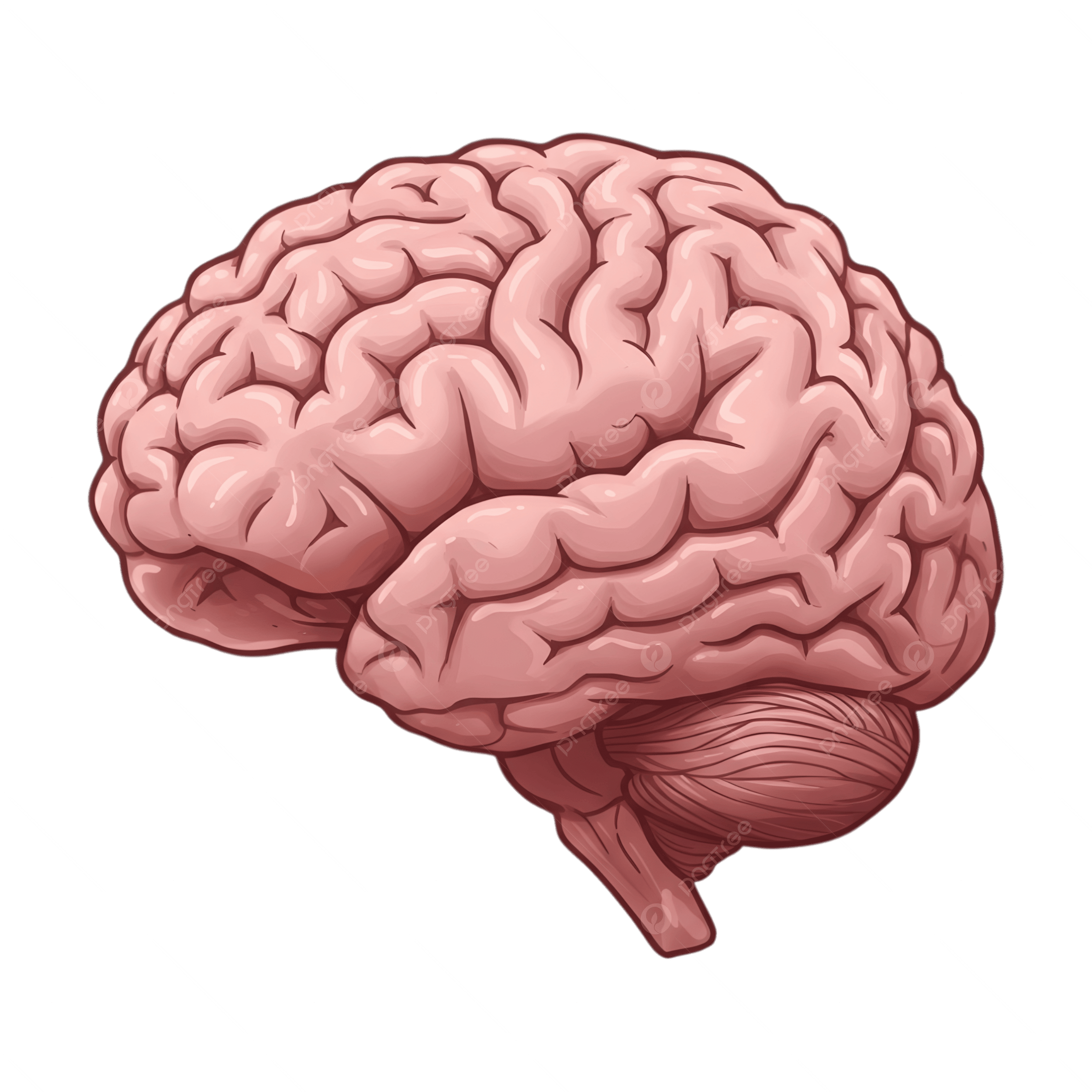An interdisciplinary team of researchers, led by Professor Francesca Santoro and Dr. Valeria Criscuolo from the Institute of Biological Information Processing – Bioelectronics at Forschungszentrum Jülich, in collaboration with colleagues from RWTH Aachen University – Professor Daniele Leonori and Junior Professor Giovanni Maria Piccini (now at the University of Modena and Reggio Emilia), has developed a novel class of organic photoelectrochemical transistors (OPECTs). These miniature devices can convert light into electrical signals and emulate the function of synapses in the human brain. The findings have been published in the journal Advanced Science.
The human brain operates by transmitting signals between neurons, adapting and evolving over time to support learning and memory. Scientists in the emerging field of neuromorphic electronics aim to replicate such behavior in artificial systems. A key challenge is creating materials that can mimic the brain’s ability to “learn” from external stimuli.
The Jülich–Aachen team has made significant progress in this domain. A standout feature of their innovation is the ability to fine-tune its properties through chemical modification. This enables the material to be engineered for enhanced light sensitivity or improved signal transmission stability, unlocking a range of potential applications. These include advanced interfaces between electronics and nerve cells—such as in visual prosthetics and other medical technologies—as well as highly responsive optical sensors and innovative brain–machine interfaces. The devices are also energy-efficient and adaptable to various requirements.
To function effectively in biological applications, such as integration with nerve tissue or the human eye, the material must be biocompatible and operational at body temperature. To meet these criteria, the team used a conductive polymer known as PEDOT:PSS, modified with light-sensitive molecules. This plastic not only conducts electricity but also remains soft and flexible, making it ideal for bioelectronic interfaces.
In the long term, this technology holds promise for treating retinal conditions, including age-related visual impairments. However, before clinical applications can be realized, thorough testing is needed to confirm its compatibility with living tissues. To this end, the researchers are conducting in vitro studies—controlled experiments performed outside the body—on nerve tissues and related biological samples.








